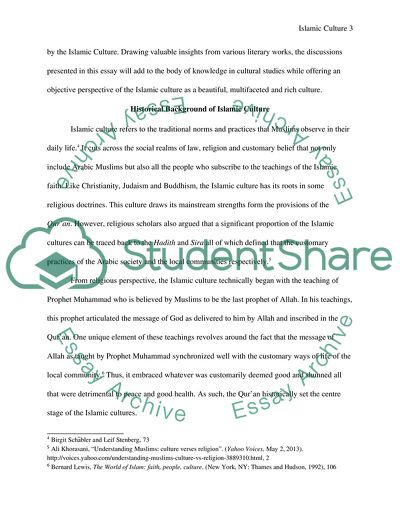Cite this document
(Islamic Culture Essay Example | Topics and Well Written Essays - 1250 words, n.d.)
Islamic Culture Essay Example | Topics and Well Written Essays - 1250 words. https://studentshare.org/culture/1801614-islamic-culture
Islamic Culture Essay Example | Topics and Well Written Essays - 1250 words. https://studentshare.org/culture/1801614-islamic-culture
(Islamic Culture Essay Example | Topics and Well Written Essays - 1250 Words)
Islamic Culture Essay Example | Topics and Well Written Essays - 1250 Words. https://studentshare.org/culture/1801614-islamic-culture.
Islamic Culture Essay Example | Topics and Well Written Essays - 1250 Words. https://studentshare.org/culture/1801614-islamic-culture.
“Islamic Culture Essay Example | Topics and Well Written Essays - 1250 Words”. https://studentshare.org/culture/1801614-islamic-culture.


